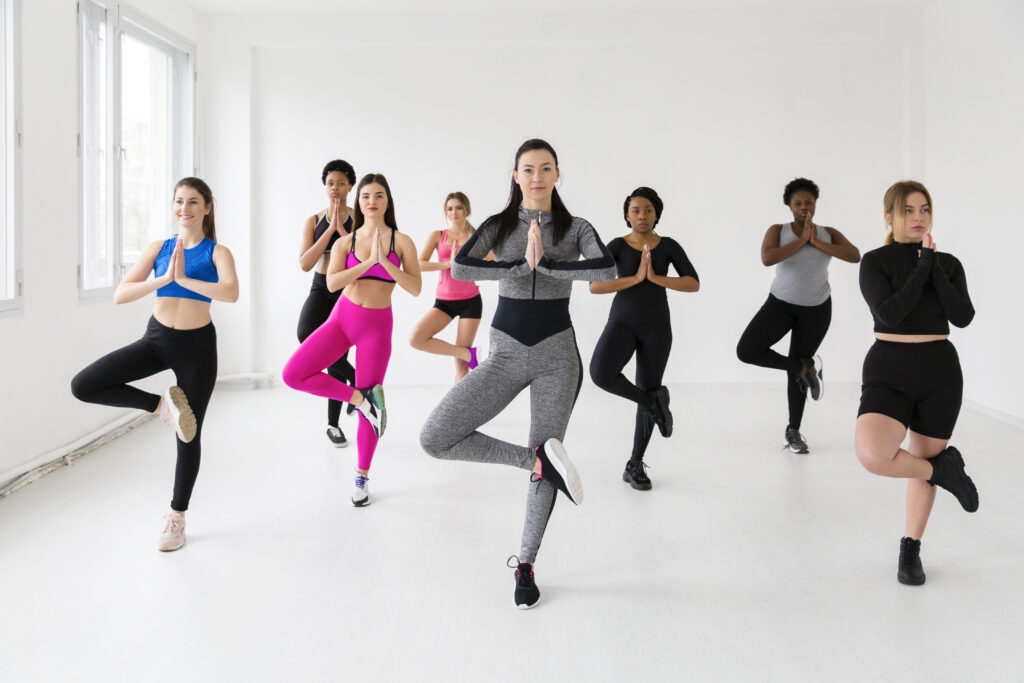The Kerala government has introduced Zumba sessions in schools to promote student fitness and discourage drug use. While the move is part of a broader health initiative, it has faced backlash from certain religious groups who oppose its inclusion in the school curriculum.
Origin of Zumba
Zumba was created accidentally in 1986 by Beto Perez, an aerobics instructor in Cali, Colombia. One day, he forgot his regular workout music and instead used a cassette of salsa and merengue songs he had recorded from the radio. The improvised session received enthusiastic feedback from students, and its popularity quickly spread. Perez moved to Bogota and then to the United States, where he continued developing the workout format. In 2001, he co-founded the company Zumba Fitness in Miami, offering classes, instructor certifications, DVDs, and branded merchandise.
Name and Global Spread
The name “Zumba” is a playful take on the word “Rumba,” which means party in Cuban Spanish. Zumba became a global fitness phenomenon, combining dance and aerobics into a fun, energetic workout. It adapts to different musical styles depending on the region — in India, it often includes Bollywood remixes. Its accessibility, lack of need for equipment, and flexibility in intensity levels have made it popular across age groups and fitness levels.

How Zumba Works
Unlike traditional gym routines, Zumba classes offer varied dance-based movements choreographed to fast-paced music. A typical session includes jumps, stretches, and aerobic steps, all led by an instructor in sync with the music. The aim is to improve cardiovascular endurance, burn calories, and make physical activity enjoyable.
Cultural and Social Resistance
Despite its benefits, Zumba has faced cultural resistance in some parts of the world. During the Taliban’s first regime in Afghanistan (1996–2001), music and dance were banned. In Iran, Zumba was banned in 2017, with officials accusing it of promoting indecent lifestyles. These actions were rooted in conservative interpretations of religious laws.
Kerala’s Opposition and Response
In Kerala, critics like cleric Abdul Samad Pookkottor argued that Zumba promotes immoral mingling between boys and girls and is a Western cultural import. Another cleric, Nazar Faizy Koodathai, claimed that it encouraged “vulgarity” and urged the government to focus on traditional physical training instead.
However, the Kerala government has defended the programme. Education Minister V Sivankutty explained that Zumba is part of a short physical fitness activity, and students participate in uniform. He shared videos showing students in Muslim-majority schools, including those wearing headscarves, taking part. CPI(M) leader M A Baby stated that religion should not interfere with secular education and encouraged mingling among students regardless of gender or background.
Why Zumba Is Used in Schools
Zumba is being used in schools for its ease of implementation and appeal to young students. It encourages regular physical activity without requiring gym equipment. It also supports mental well-being and discipline while making exercise fun — a crucial factor in school environments. The programme is also aligned with the government’s goal to offer alternatives to harmful activities like drug use.
Zumba’s journey from a spontaneous Latin dance workout in Colombia to a widely accepted global fitness routine reflects its universal appeal. In Kerala, while its inclusion in schools has sparked debate, the government maintains that Zumba promotes health, discipline, and inclusiveness — values it believes are essential to modern education.
